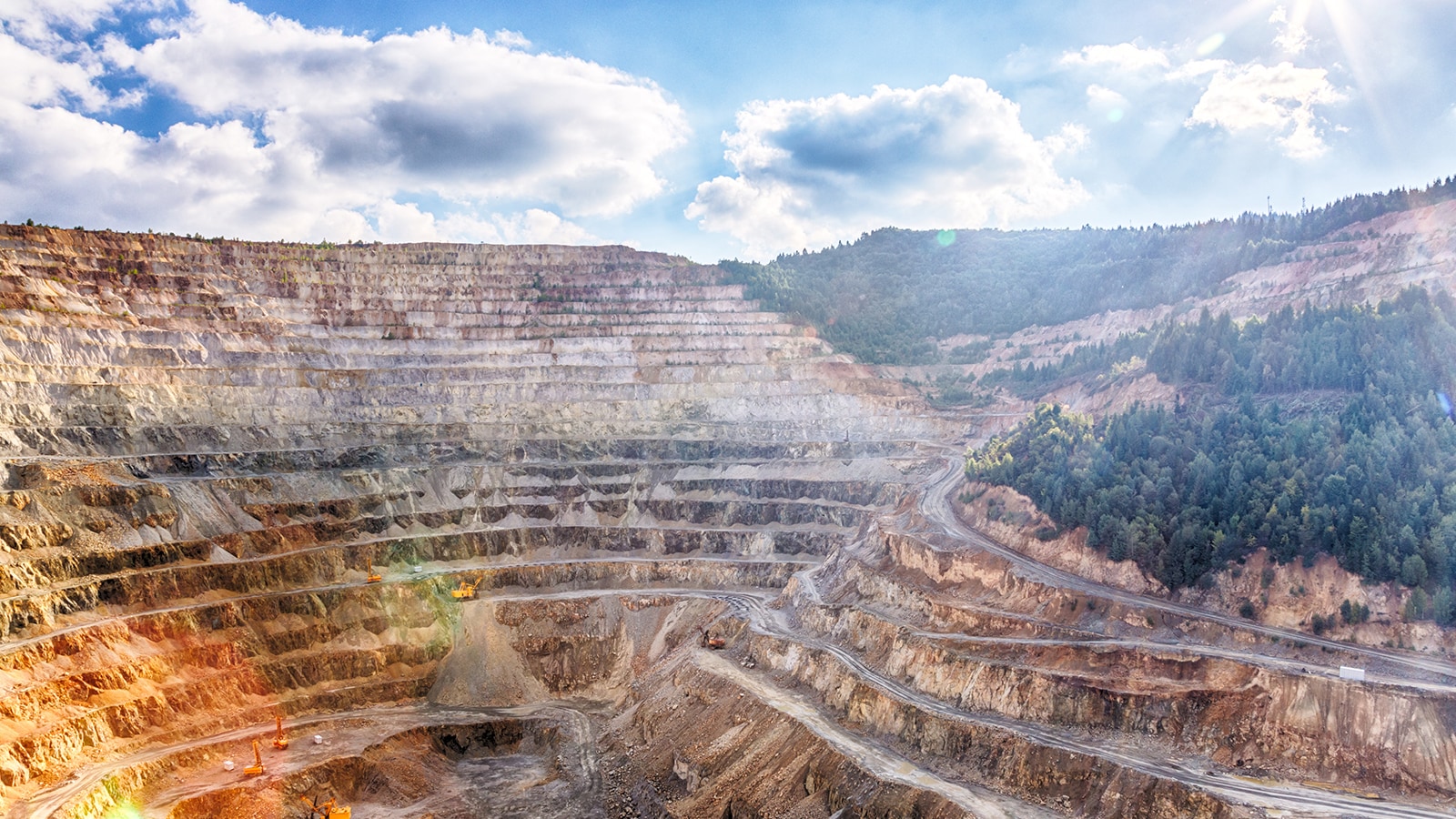{{item.title}}
{{item.text}}

{{item.text}}

How can the decisions of today help to build the mine of tomorrow?
In a difficult market how can we make decisions today that will ensure a successful tomorrow?
Our mining professionals offer knowledge, insight and technical expertise built from years of experience in the sector, complemented by relationships from across PwC’s global mining network. As you explore opportunities here and abroad, we can help you focus on sustainable growth and profitability so that you can deliver stronger returns to your shareholders. New strategies surrounding technology, community engagement, talent and diversity, partnerships and collaboration all require focus like never before. Together we can build a forward-looking plan that will create sustainable, long-term value for your company.
Monica Banting | National Mining Leader, PwC Canada
{{item.text}}

{{item.text}}



